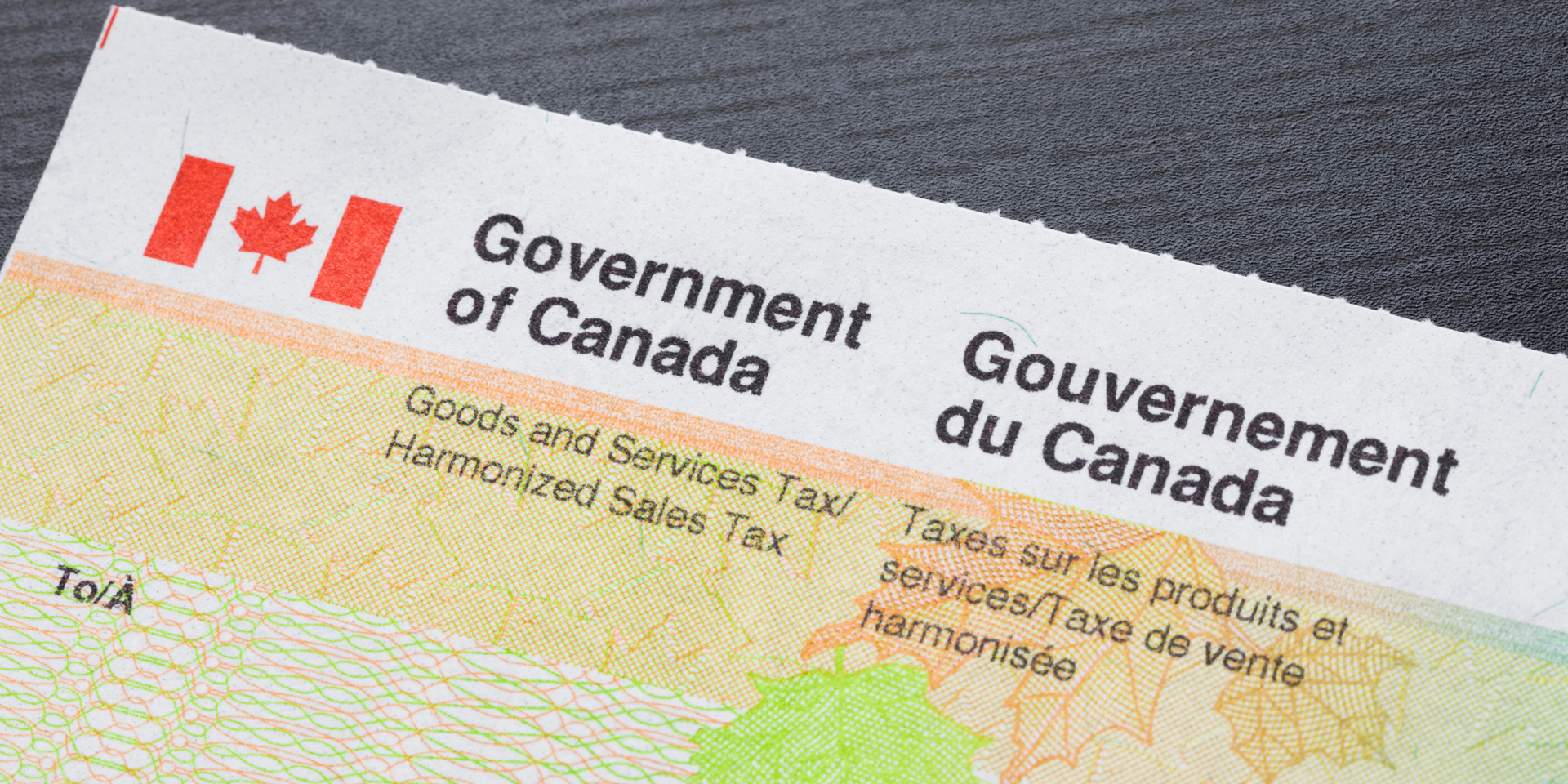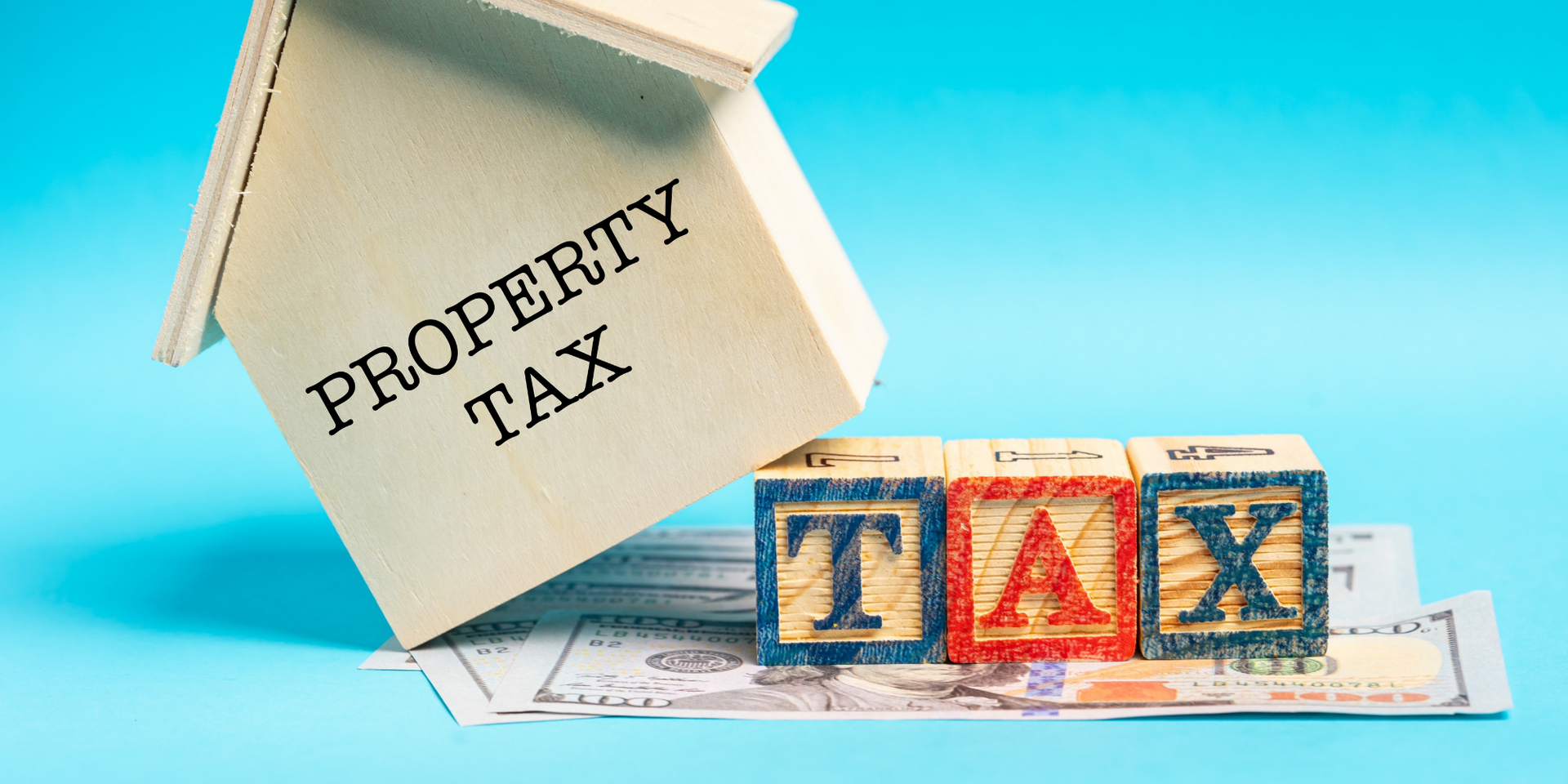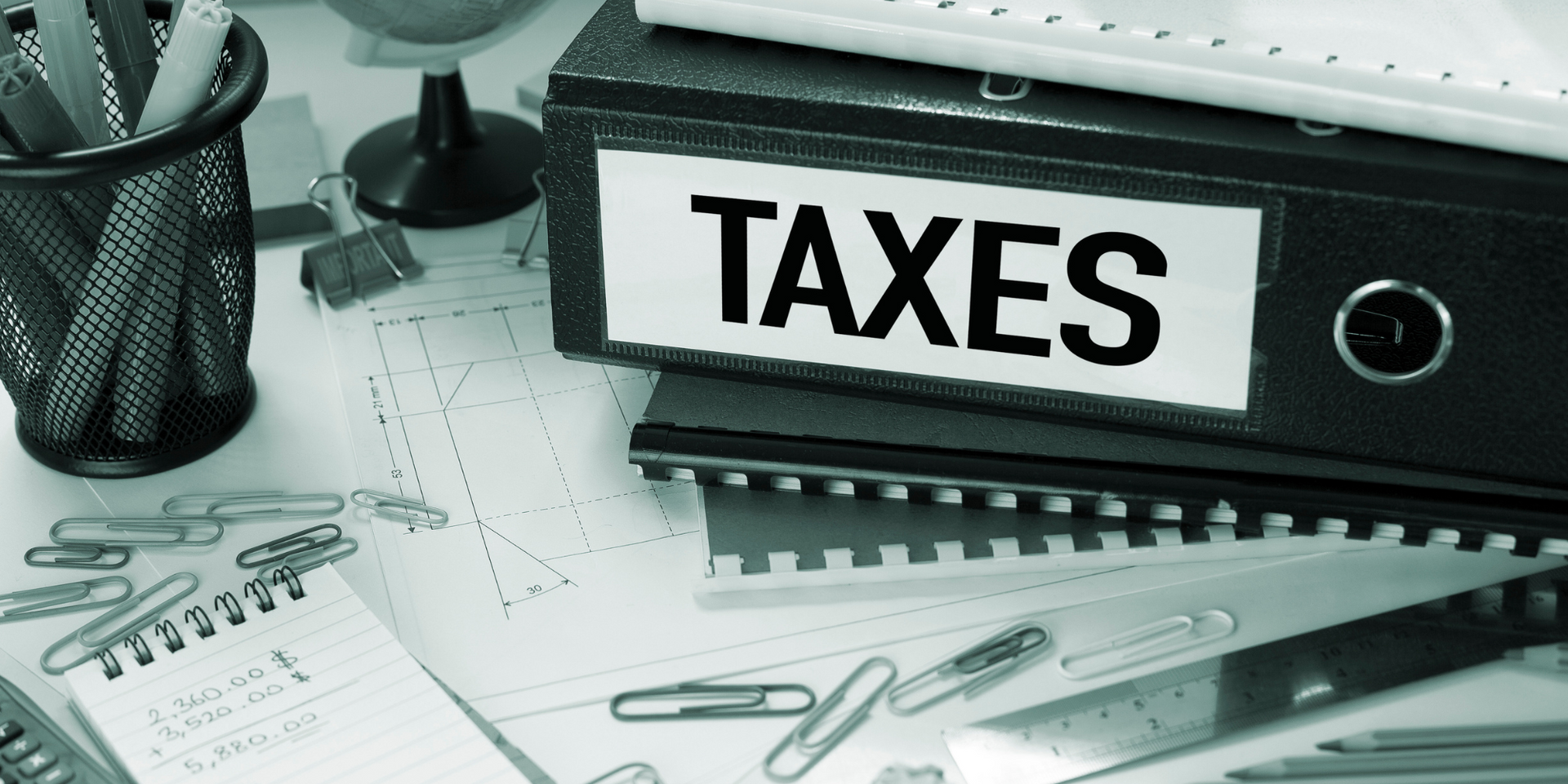RRSP vs. TFSA vs. FHSA: A Comprehensive Guide
RRSP, TFSA, and FHSA: How to Choose the Right Savings Tool for Your Financial Goals
Whether you're saving for your first home, building a retirement fund, or planning a major life event like a wedding, boosting your savings is key to turning your dreams into reality. Three popular savings accounts in Canada—the Registered Retirement Savings Plan (RRSP), Tax-Free Savings Account (TFSA), and First Home Savings Account (FHSA)—can help you reach your goals faster. However, understanding how each of these accounts works is essential to maximize their benefits, especially when it comes to taxes.

Here’s a breakdown of these savings accounts and how they can work for you.
RRSP vs. TFSA vs. FHSA at a Glance
| Account Type | Primary Purpose | Contribution Limits | Tax-Deductibility | Withdrawal Flexibility |
|---|---|---|---|---|
| RRSP | Save for retirement | 18% of prior year’s income, or $31,560 for 2024 | Contributions are tax-deductible | Taxed as income upon withdrawal; 5-30% withholding tax applies |
| TFSA | Flexible savings for various goals | $7,000 for 2024; unused room accumulates | Contributions are not tax-deductible | Tax-free withdrawals at any time |
| FHSA | Save for a first home | $8,000 per year; lifetime limit of $40,000 | Contributions are tax-deductible | Tax-free for home purchase, otherwise taxed |
What is an RRSP?
A Registered Retirement Savings Plan (RRSP) is a tax-deferred savings account designed to help Canadians save for retirement. Contributions are tax-deductible, reducing the amount of income tax you owe in the year you contribute. Your RRSP investments grow tax-free until you withdraw the funds, usually during retirement when your tax rate may be lower.
Contribution Limits: You can contribute up to 18% of your income from the previous year, or up to the annual limit of $31,560 for 2024. Be mindful of over-contributing, as amounts exceeding your deduction limit by more than $2,000 are subject to a 1% penalty per month.
Tax on Withdrawals: RRSP withdrawals are taxed as income, with a withholding tax applied based on the amount you withdraw. Exceptions include using your RRSP for the Home Buyers’ Plan or Lifelong Learning Plan, where withdrawals can be made tax-free if repaid over time.
What is an FHSA?
The First Home Savings Account (FHSA) is specifically designed for Canadians saving for their first home. Like an RRSP, contributions are tax-deductible, but withdrawals for the purpose of purchasing a home are tax-free.
Contribution Limits: You can contribute up to $8,000 annually, with a lifetime limit of $40,000. If you don't buy a home within 15 years, the funds must be transferred to an RRSP or Registered Retirement Income Fund (RRIF) or be withdrawn and taxed.
Tax-Deductibility: Contributions to an FHSA are tax-deductible, giving you a break on your taxes when you contribute. The funds can grow tax-free, and as long as they are used for a home purchase, withdrawals are also tax-free.
What is a TFSA?
The Tax-Free Savings Account (TFSA) is a flexible savings vehicle that allows Canadians to earn investment income tax-free. Unlike the RRSP, contributions are not tax-deductible, but any earnings within the account (including interest, dividends, and capital gains) are completely tax-free, and you can withdraw funds without paying any taxes.
Contribution Limits: For 2024, the annual contribution limit is $7,000, and any unused contribution room from previous years carries forward. As of 2024, the total lifetime contribution limit is $95,000.
Tax-Free Withdrawals: You can withdraw funds from your TFSA at any time, for any purpose, without penalty or taxes. Any amount withdrawn in a given year is added back to your contribution room for the following year.
Making the Most of Your RRSP, FHSA, and TFSA
- For retirement: The RRSP is ideal for long-term retirement savings, offering immediate tax benefits and tax-deferred growth. Maximize contributions each year to reduce your taxable income and grow your retirement nest egg.
- For flexibility: The TFSA is perfect for both short-term and long-term savings goals, allowing you to grow your investments tax-free and withdraw funds when needed without tax penalties. Whether you're saving for an emergency fund or supplementing your retirement savings, the TFSA offers unmatched flexibility.
- For first-time homebuyers: The FHSA is your go-to account for building a down payment on your first home. With tax-deductible contributions and tax-free withdrawals for home purchases, it's a powerful tool to help you enter the housing market.
By understanding the unique benefits and rules of each account, you can create a savings strategy that helps you achieve your financial goals faster and with greater tax efficiency.
Ready to take your savings to the next level? Choose the RRSP, FHSA, or TFSA—or a combination of all three—and make your money work harder for you.
Key Takeaways:
- RRSP: Contributions are tax-deductible, and funds aren’t taxed until you withdraw them during retirement.
- TFSA: Offers tax-free growth and withdrawals, with no taxes on earnings or withdrawals.
- FHSA: Designed for first-time homebuyers, offering tax-deductible contributions and tax-free withdrawals for purchasing a home.











